Today I continued my search for rangefinder wide angle lenses that work well on the Sony a7S. The current candidate is the Leica 24mm f/3.8 Elmar-M ASPH. I also tested the Nikon AF-S Nikkor 24mm f/1.4 G ED, an F-mount lens with a seriously retrofocus design that shouldn’t have any angle-of-incidence problems.
First, a couple of Expodisc pictures wide open:

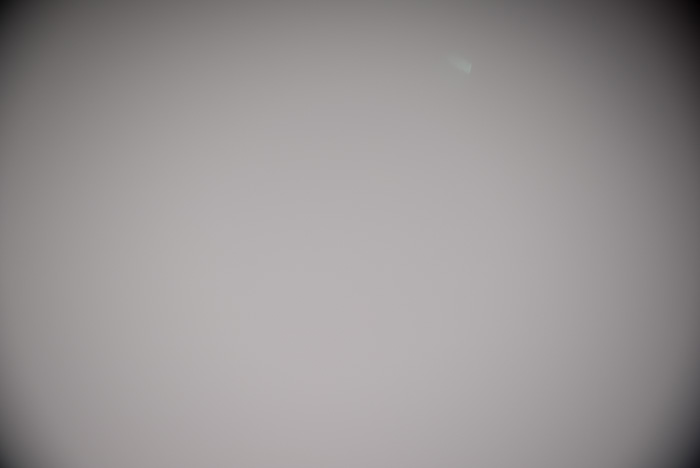
No real problems, There’s a tiny bit of “Italian flag” effect in the Leica image. The corners are pretty dark in the Nikon one, but remember, it’s at f/1.4. By the way, I can see that I didn’t remember to white balance both images the same way; they are left at the as-shot settings. Not sure why they should look different, though.
The test scene:
The center crops are boring; the lenses out-resolve the sensor at all the f-stops that they have in common.
The upper-right corner images:
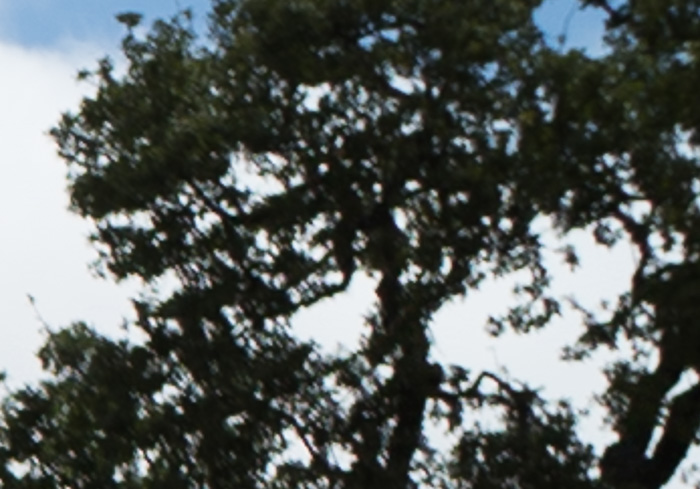
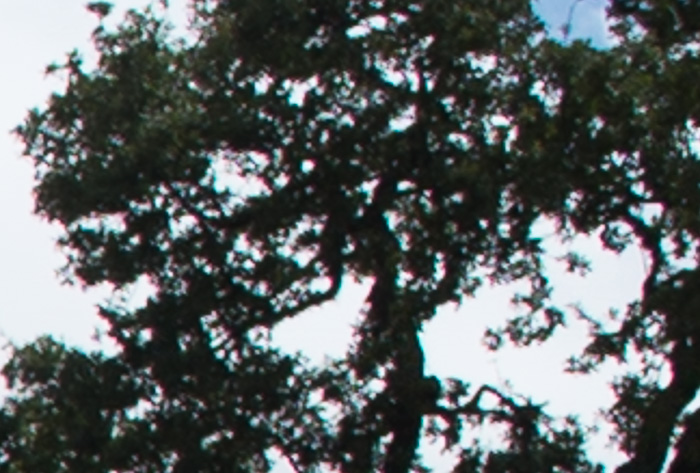
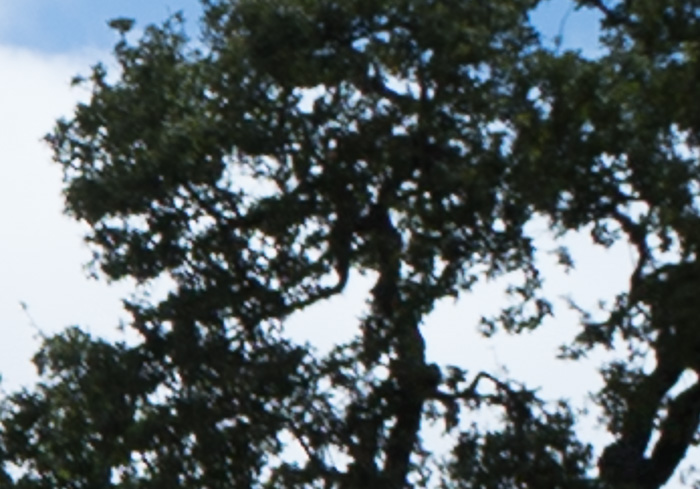
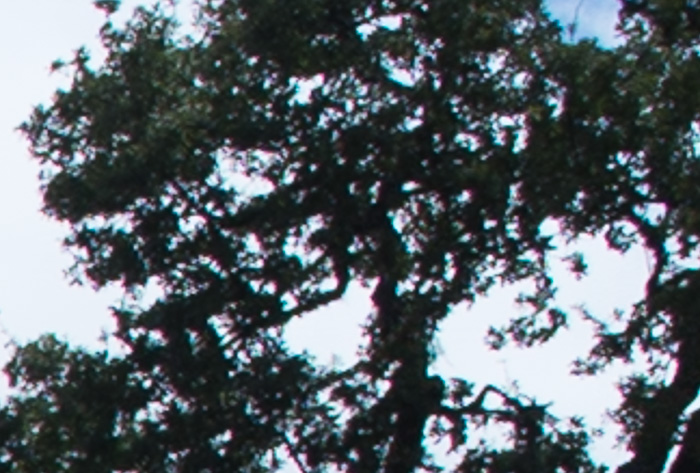
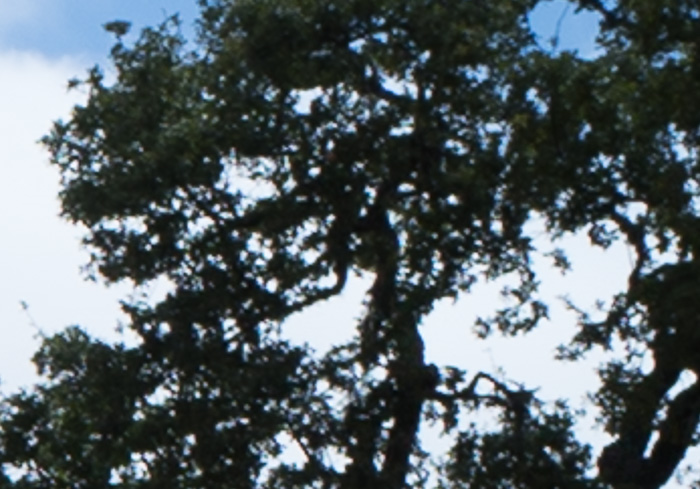
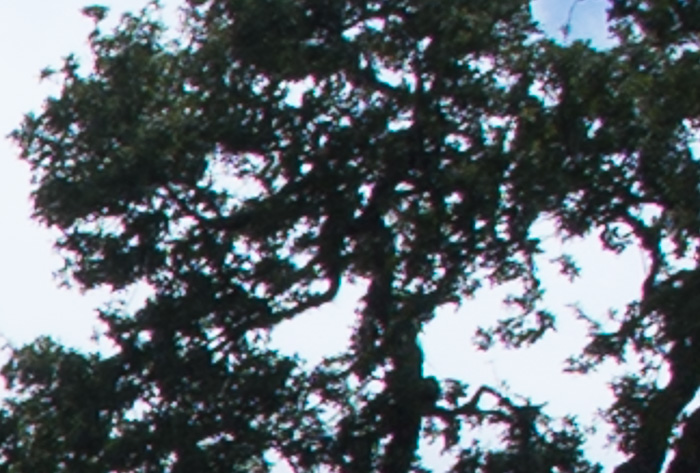
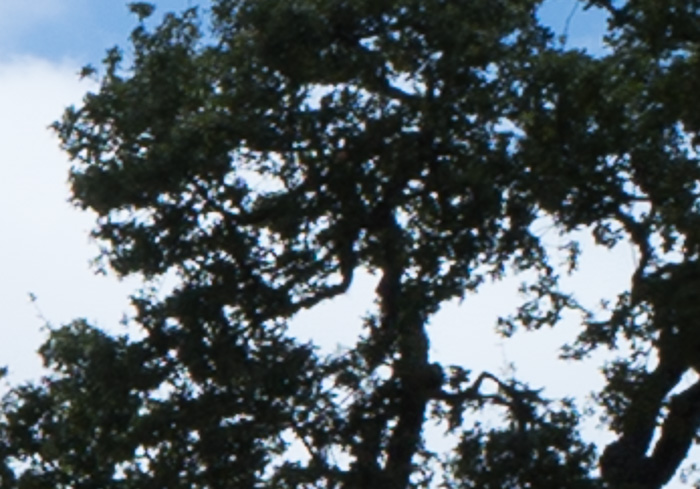
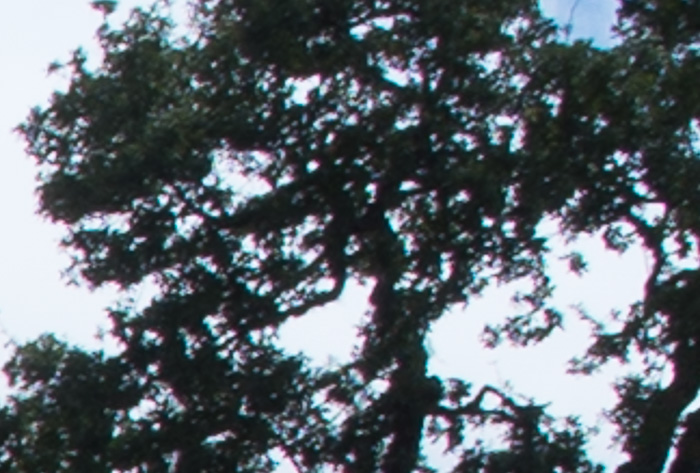
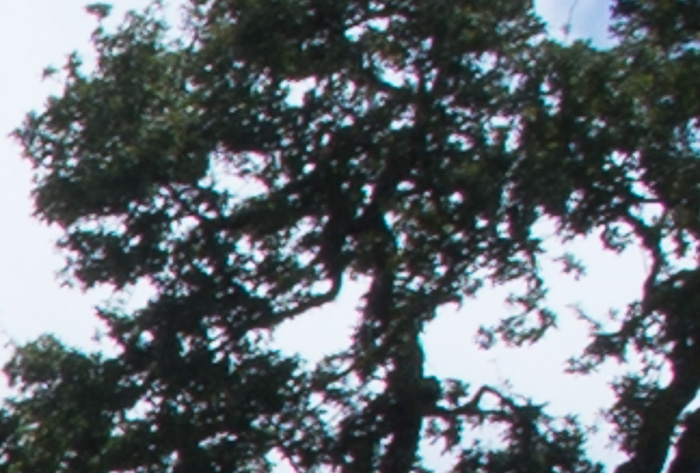

I could get picky and tear these apart, but basically, except for the f/4 Elmar image, they all are pretty much limited by the sensor.
I think we have a winner here.
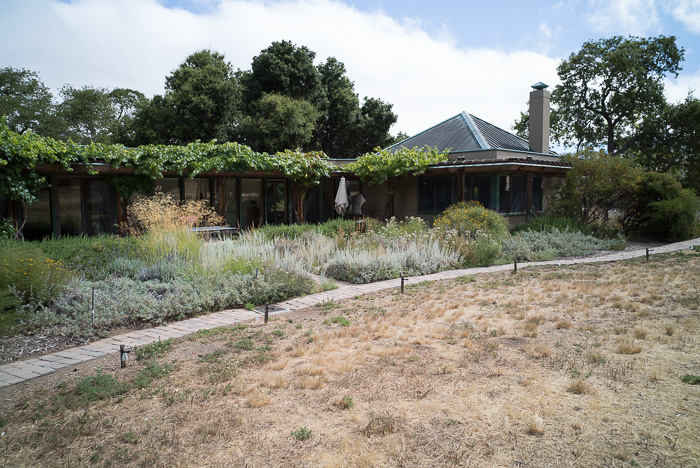
Glad to see the Elmar performing well. It’s a favorite here. Assume you do mean 24mm F3.8, not 3.4?
Thanks for the great work.
Oops… I’ll fix it. Got confused with the 18mm.